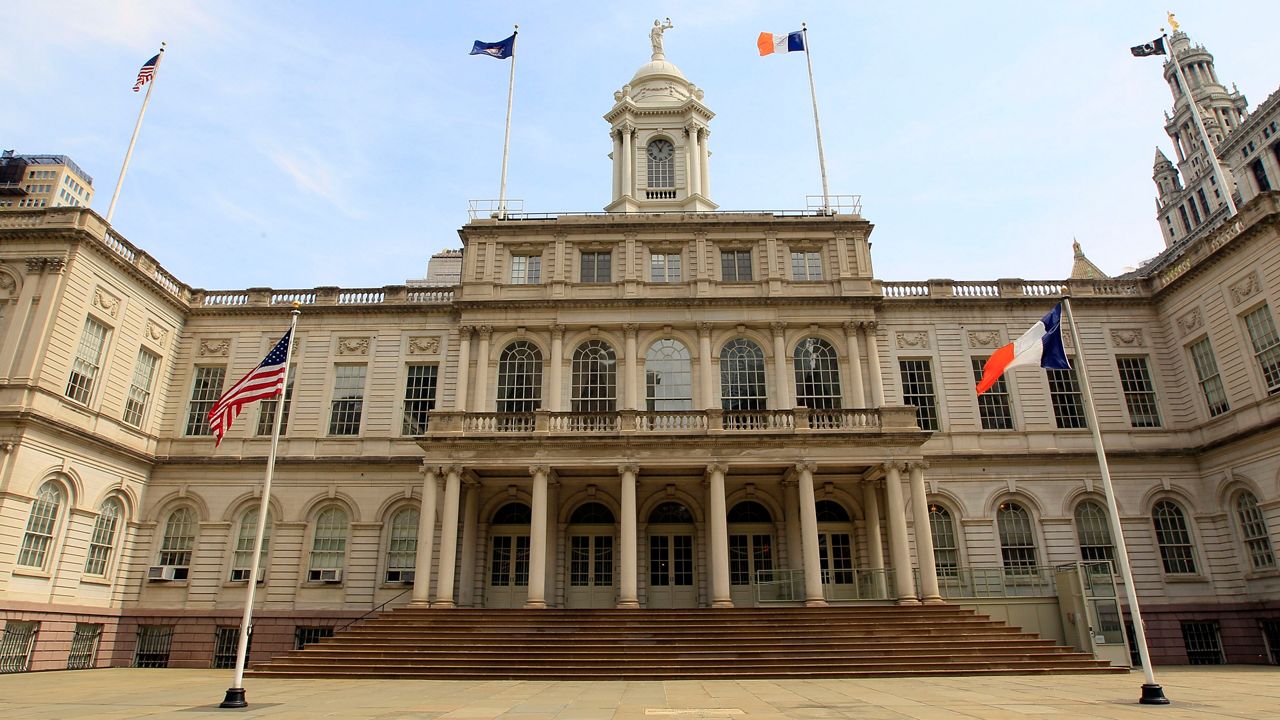It’s just translation services for one community board event — how much could it cost?
At a transportation committee meeting in late 2020, Brooklyn’s Community Board 3 found out just how much: $900 for Chinese and Spanish.
The sum, which covered three hours of professional translation as city officials discussed traffic patterns on Seventh and Eighth avenues in Sunset Park, amounted to a full 5% of the board’s annual, non-salary budget, said Jeremy Laufer, the board’s district manager. Since then, the board has more often relied on community volunteers to translate at the eight to 12 meetings it holds each month.
Yet the need for top-notch translation is growing, Laufer said, especially as the neighborhood faces complex, jargon-heavy discussions over major projects, such as the remaking of the Brooklyn-Queens Expressway.
“There is language used in these meetings that aren't necessarily what folks who speak everyday language use,” Laufer said. “I’m not sure how the word ‘cantilever’ translates.”
Across the city, community boards are struggling to make their meetings accessible to the estimated one quarter of all city residents who are not proficient in English. They do not receive dedicated translation resources for meetings, and other city language services available to them get low use.
At a City Council oversight hearing of community boards Tuesday, Dr. Sarah Sayeed, the executive director of the city’s Civic Engagement Commission, said her office had only recorded 30 instances in 2022 where a board used the on-demand phone translation system available to city agencies. The boards’ use of the phone line, she said, was limited to individual appointments at board offices to discuss issues like housing or accessing city services, and not for meetings.
“That’s concerning to know,” said Councilwoman Shahana Hanif, whose district includes sizable numbers of Spanish, Yiddish, Russian and Urdu speakers. “The priority should be that community board meetings, which I consider the gateway to local democracy, are equipped with robust interpretation resources.”
Community boards, which hold oversight hearings on many different aspects of city work and neighborhood life, are currently going through their annual application process for new members. Although the deadlines for Brooklyn’s and Queens’ boards have passed, residents in the Bronx, Manhattan and Staten Island can still apply.
Last year, the Bronx began offering applications in Spanish as well as English — the only borough that has translated the applications. Close to half of the borough’s population speaks Spanish at home, according to the Bronx borough president’s office. (This year, the borough’s application is available online for the first time.)
At the Council hearing, Bronx deputy borough president Janet Peguero said her office planned to ask City Hall about giving community boards more financial resources for translation.
“Our goal is to recruit residents who reflect the diversity of the Bronx,” Peguero said.
In Manhattan, the borough president’s office has launched an English-language ad campaign on Link NYC kiosks aimed at enticing new board applications. In the coming days, they will roll out similar ads in Spanish, targeted to neighborhoods like East Harlem and Washington Heights, and in Chinese, on the Lower East Side and in Chinatown.
Language access is becoming a more urgent issue to address for community boards, Sayeed, of the Civic Engagement Commission, said at the Tuesday Council hearing. Her office, which shares some overlapping duties with borough presidents’ offices in providing trainings for community boards, is convening a meeting next week with district managers on the subject.
“I’m not sure how many people know that boards exist, and are there to serve them, in the language communities we are serving,” Sayeed said, referring to households where English is not the primary language.
The commission, which was formed in 2019, first connected boards to the city’s telephonic translation system, and has created a language diversity map that shows English proficiency and most common non-English languages spoken by community district. Limited resources, however, prevent the board from being able to translate written materials for community boards.
In an emailed response to questions, Stathi Patseas, a spokesperson for the commission, said that it had trained 30 community board members across the city in how to use the language line, though all 59 boards have access to the line. Patseas said that the commission supports any effort to expand translation services in the city, including recently passed City Council legislation that would create a “community interpreter bank” of volunteer translators.
Laufer, who testified at the Council hearing, said he is confident that language access is a priority for city agencies. It’s not a new concern, he said, but it is a growing one, especially as the city sees waves of new migrants coming from across the world.
“I just know we need to be able to communicate,” he said.



